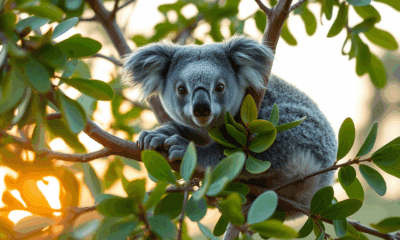

A University of Queensland-led project has developed a tool to standardise genetic testing of koala populations, providing a significant boost to conservation and recovery efforts.


Atmospheric rivers, while vital for replenishing water on the U.S. West Coast, are also the leading cause of floods though storm size alone doesn t dictate...
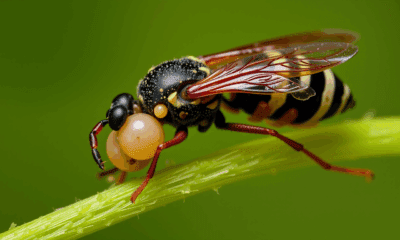

Aphid-hunting wasps can reproduce with or without sex, challenging previous assumptions. This unique flexibility could boost sustainable pest control if its hidden drawbacks can be managed.
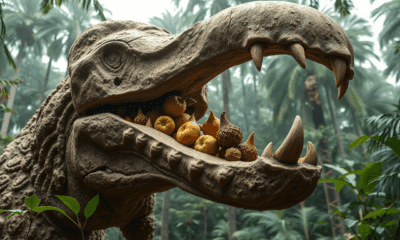

Ten thousand years after mastodons disappeared, scientists have unearthed powerful fossil evidence proving these elephant cousins were vital seed spreaders for large-fruited trees in South America....


UC San Diego engineers have created a passive evaporative cooling membrane that could dramatically slash energy use in data centers. As demand for AI and cloud...
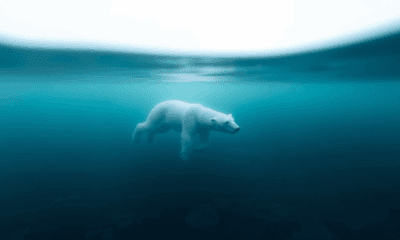

Despite falling global mercury emissions, mercury levels in Arctic wildlife continue to rise. A new study reveals that ocean currents are delivering legacy mercury pollution from...
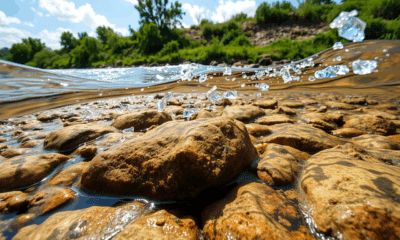

Where do microplastics really go after entering the environment? MIT researchers discovered that sticky biofilms naturally produced by bacteria play a surprising role in preventing microplastics...
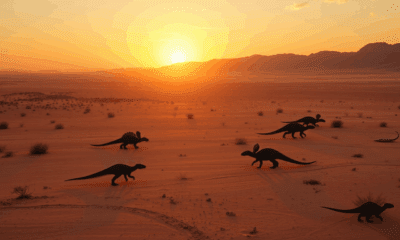

Despite Earth's most devastating mass extinction wiping out over 80% of marine life and half of land species, a group of early reptiles called archosauromorphs not...
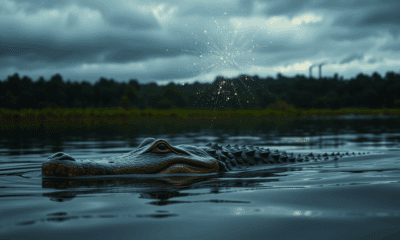

Mercury contamination is surfacing as a serious concern in parts of Georgia and South Carolina, particularly in regions like the Okefenokee Swamp. University of Georgia researchers...
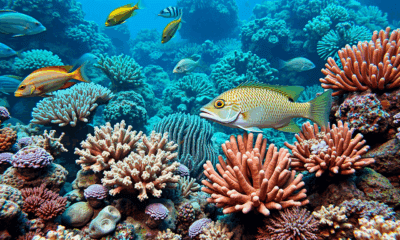

Reef "beauty salons" staffed by tiny cleaner fish aren t just for parasite removal they may also shape the microbial life of the entire ecosystem. A...